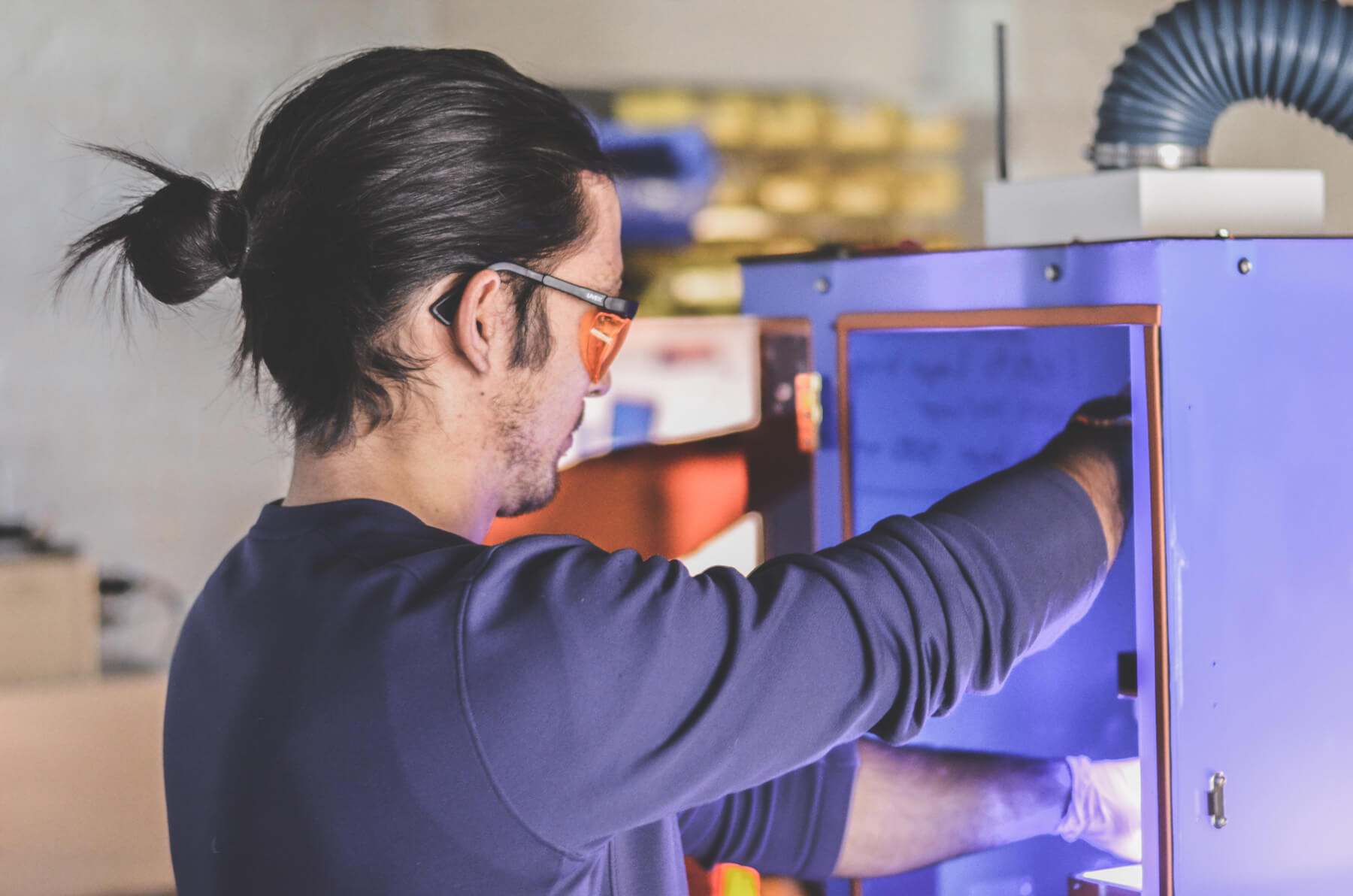Today’s manufacturing industry is marked by an unprecedented access to data. What many call Industry 4.0 has brought forth an era where manufacturers can know everything that’s happening on the factory floor. This means better transparency and more opportunities for optimizing the manufacturing process. At the same time, Internet technology opens up data security risks, and many companies are overwhelmed with a deluge of raw data.
Robotics, 3D printing, and IoT technology are major technologies that are transforming the manufacturing industry. Manufacturers have long been concerned with saving time and money and seeking technology to get ahead of the curve, but today’s industry is vastly different than it was just a few years ago. Advancements in technology are spurring a race for efficiency while simultaneously creating the problem of data overload. Recent manufacturing trends show key insights into how companies are adapting to these ever-changing times.
1. Manufacturing is embracing IoT technology.
In 2016, the manufacturing industry spent a staggering $178 billion on IoT technology, twice as much as the second-largest market in IoT spending, transportation. The top IoT uses in manufacturing are 1) manufacturing operations, 2) product asset management and maintenance, and 3) field service. With so many machines on the factory floor providing data, manufacturers have detailed insights into the factory ecosystem. On the other hand, IoT technology introduces threats to data security, and it can be hard to organize raw data and apply it to optimize the manufacturing process.
2. Manufacturers are turning Big Data into actionable metrics.
As a side-effect of Industry 4.0, Big Data is an unruly obstacle for many companies. The amount of digital data in the world doubles every two years and will reach 44 trillion gigabytes by 2020. 90% of this content is unstructured information like emails, documents, and video. Big Data is hard to comprehend, let alone analyze. In manufacturing, companies report that key employees such as engineers spend as much as 30% of their time searching for information. More than ever before, manufacturers are getting ahead by turning to metrics and tools that help them translate raw data into practical solutions.
3. Robots are streamlining manufacturing systems.
Robots are bringing automation and efficiency to manufacturing more each year. By 2019, over 1.4 million new industrial robots will be installed in factories worldwide. Today’s robots are highly capable of exhibiting human traits such as dexterity and memory, making them a good fit for manufacturing tasks. Plus, contrary to popular belief, robots aren’t necessarily replacing human workers. In many sectors, the number of employees increases parallel to the growth of robotic automation. Cutting production costs improves market prices, which increases demand and the need for more workers.
4. 3D printing is replacing traditional fabrication.
Another example of automation, 3D printing is replacing traditional labor-intensive fabrication methods. The “3D printing revolution” as a buzzword has come and gone in the consumer space, but in the industrial and professional realms, 3D printing is thriving. By 2023, the industry is expected to grow 25% to be worth over $32 billion. Each year brings a new innovation in 3D printing for end-use products: metal 3D printing produces objects that once had to be machined by hand, while Digital Composite Manufacturing creates fully optimized composites within hours.
By itself, raw data means nothing. On their own, robots only go so far in bringing efficiency to factory systems. But together, IoT technology, Big Data, robotics, and 3D printing provide incredible opportunities for optimizing the manufacturing ecosystem. As manufacturers learn how to stabilize emerging trends into long-term solutions, the industry will shift to create products faster, cheaper, and better.




